

MISSION
Our enduring goal is to fortify our established leadership, both in terms of market size and service quality, within the domestic market for leather lining used in footwear. We specifically target the medium to high-end segments of the market. Simultaneously, we aim to solidify the position we have attained over our 70 years of operation since our founding in 1953, extending our influence across the broader European region. Regarding extra-European regions, we aim to expand our presence and secure larger market shares. We actively pursue opportunities in emerging manufacturing hubs identified by domestic footwear producers or any industrial districts with significant global production concentrations. This approach underscores our commitment to export without limitations, as evidenced by our continuous exports to countries worldwide.
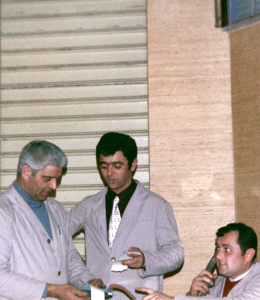
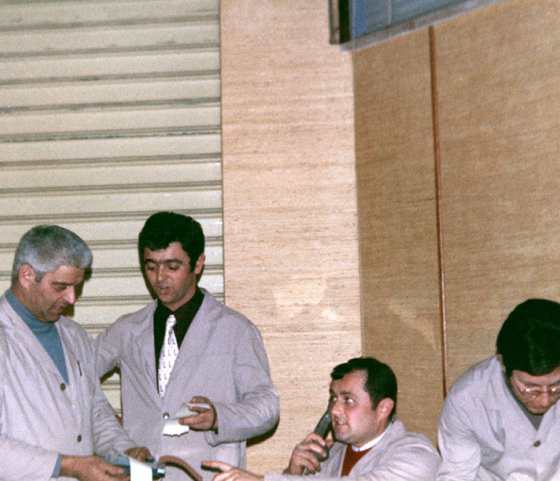
HISTORY
CONCERIA TIRRENA was established in 1953 by Romano Giordani, whose legacy continued until his passing in 2022. Today, following a successful transition to the next generation within the Giordani family, notably with Romano’s children Mario and Donatella at the helm, the company proudly holds its position as a European leader in the sale of linings and leather for footwear. The company’s entrepreneurial journey began during the immediate post-war period and on the cusp of the economic boom. Originating from Torre San Patrizio, in the province of Fermo, within the Marche region, the company initially focused on trading sheepskin linings sourced from the (then) only domestic tanning districts: those in Milan, Verona/Vicenza, and Campania/Avellino.


In the early 1960s, the company relocated to Montegranaro, situated in the heart of the footwear district of Fermo/Macerata, where it remained until the early 1990s. Montegranaro served as a pivotal center and vibrant hub of manufacturing and entrepreneurial activity, embodying the robust tradition of industriousness characteristic of the Marche region. Amidst the remarkable growth in the footwear sector during this period, the company underwent significant expansion, achieving both scale and commercial success. It established its first processing plant for semi-finished products and introduced a range of articles derived from pigskin, which soon became the flagship products of its entire market offering, maintaining their prominence well into the first decade of the new millennium.
Your One-Stop Shop for Leather in the Footwear Industry.


THE GIORDAFIN GROUP and ITS FUTURE PERSPECTIVES
Both operating companies, CONCERIA TIRRENA and AL.VI.PEL., hold certifications from the Leather Working Group (LWG) and are under the oversight of GIORDAFIN S.p.A., a holding company with direct interests affiliated with the Giordani family. Since 2016, GIORDAFIN S.p.A. has received annual assessments of its economic and financial reliability from the specialized company CERVED RATING. The Group’s current credit rating is in the B.1.1 category, indicating its status within the “investment grade.”
With consolidated revenues nearing €50 million, of which approximately 15% are allocated to the Export segment (based on 2022 data), the GIORDAFIN Group currently stands as the foremost purely commercial operator in the European footwear lining market. This position is attributed to its notable capacity for evolution and unwavering focus on meeting the continuously evolving needs of its clientele.

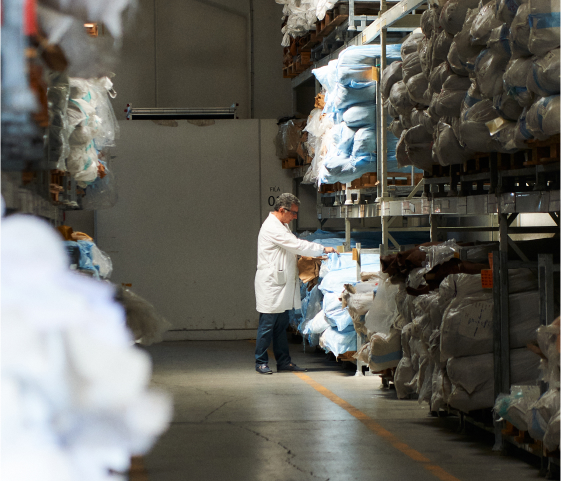
The development and achievement of increasingly satisfying objectives are guaranteed by critical success factors that CONCERIA TIRRENA and its Group prioritize in every decision and initiative.
- Continuous expansion of the range of offered items (both in terms of types and colors) and ongoing product innovation;
- Maniacal and pervasive attention to quality control of traded goods, both at the source and at the destination, facilitated by the presence of various offices and technical personnel strategically located in key global production areas;
- Extensive commercial presence in the Italian/European market and the strengthening of our presence in emerging markets are facilitated by active participation in leading industry fairs, both domestically and internationally.
- Continuous adjustment of the company’s organizational structure is undertaken to meet new development targets.
- Constant and continuous strengthening of assets is pursued, resulting in financial independence and decision-making autonomy. These are essential characteristics in contexts where procurement is often highly dynamic and volatile.
- Continuous investment in optimizing processes and rationalizing procedures is facilitated by fully integrated and automated management and control systems, encompassing logistical and informational aspects across both operational and administrative/accounting domains. Operational activities are fully shared and aligned for each of the Group’s operating companies.
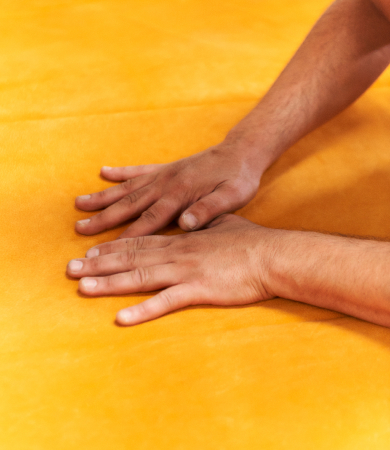

QUALITY CONTROL
CONCERIA TIRRENA S.p.A. bases its philosophy on clear and essential concepts, summarizing the commitment and passion employed over more than 60 years: the search for raw materials, the pursuit of material prestige, product excellence, and ensuring customer satisfaction. Guided by these principles, quality control in the laboratory encompasses assessing mechanical stress resistance, measuring color fastness to external agents, and determining chemical parameters in correlation with consumer health and safety requirements.
1 – VISUAL INSPECTION
Visual Inspection entails ensuring that the leather meets standards for color, thickness, and all essential visual characteristics to be deemed suitable for shipment. This phase involves testing the primary structural features of the leather and evaluating and enhancing various production processes.
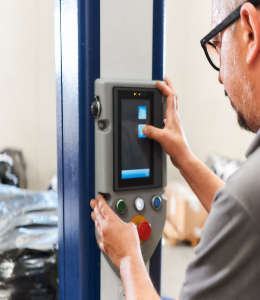

2 – MECHANICAL TESTING
Mechanical testing involves a series of random inspections that, depending on the circumstances, employ different techniques.
Tests for the physical-mechanical characterization of leathers for uppers and linings include:
- Thickness measurements
- Water absorption measurements
- Temperature contraction measurements
- Determination of tear strength
- Determination of breaking load and elongation percentage
- Determination of resistance to repeated flexing
- Determination of water vapor permeability
- Determination of abrasion resistance
- Determination of seam strength
- Determination of water absorption/desorption
- Determination of dynamic waterproofness
- Color fastness to perspiration
- Color fastness to rubbing
- Color fastness to water droplets
3 – CHEMICAL TESTING
Every batch of merchandise marketed by Conceria Tirrena S.p.A. undergoes multiple tests both upstream and downstream of the tanning process to ensure compliance with the latest REACH regulations.
The regulation (EC) No. 1907/2006, known as REACH, is an integrated legislation for the registration, evaluation, and authorization of chemical substances. Its aim is to ensure a higher level of protection for human health and the environment, while also aspiring to maintain and strengthen the competitiveness and innovative capacity of the European chemical industry.
Definitions (REACh-Dir. 67/548 EEC)
Chemical substances:
They are chemical elements and their compounds, occurring naturally or obtained through any manufacturing process, containing the necessary additives to preserve the product’s stability and the impurities resulting from the employed process, excluding solvents that can be separated without affecting the substance’s stability or altering its composition.
Some substances may be present because they are commonly used in the production cycle or utilized for leather production in countries where there are no usage restrictions. Consequently, their concentration in the final product must be below the limit set by law. It is necessary to distinguish between prohibited substances and substances permitted but subject to limitations.
Which substances are subject to restrictions in leather?
Substances subject to restrictions in leather include those recognized as extremely harmful to human health, such as toxic, carcinogenic, and hazardous to the environment. In the past, only manufacturers (if they introduced the substance into the European market) and importers of new chemical substances were required to undergo complex substance notification procedures. However, today, significant processes under the Regulation also involve manufacturers of substances not yet introduced to the market, manufacturers and importers of existing substances, and downstream users of chemical substances.

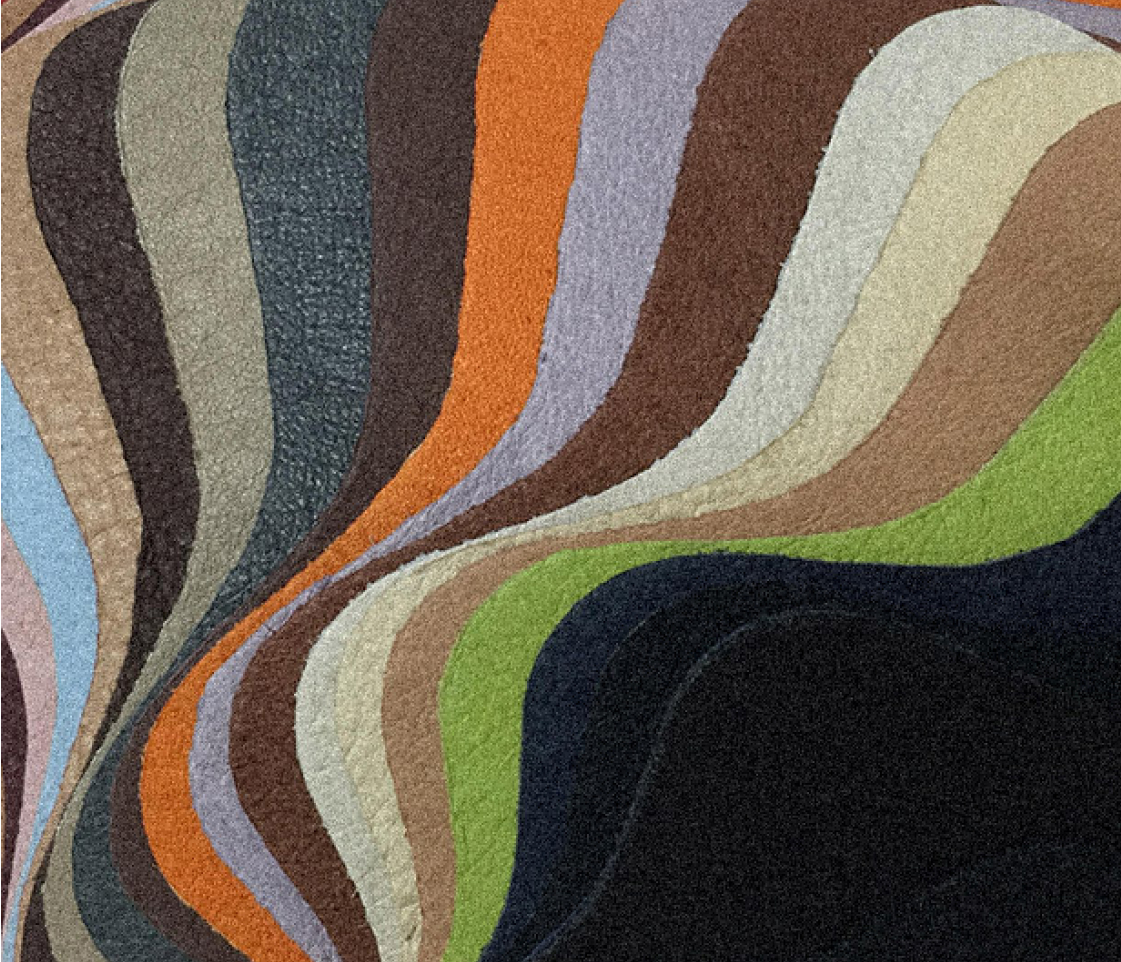
Certification Bodies:
- SGS
- TÜV
- TEKNOCHIM
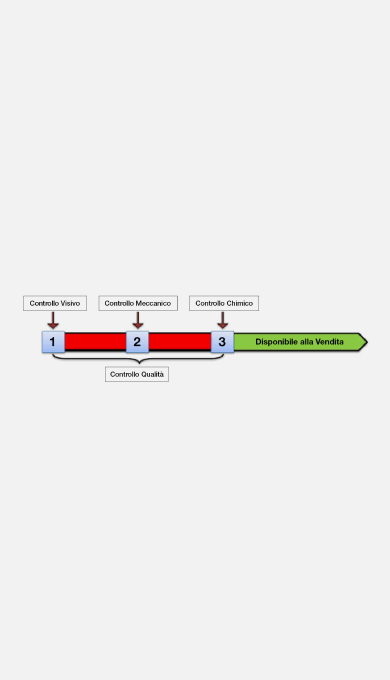
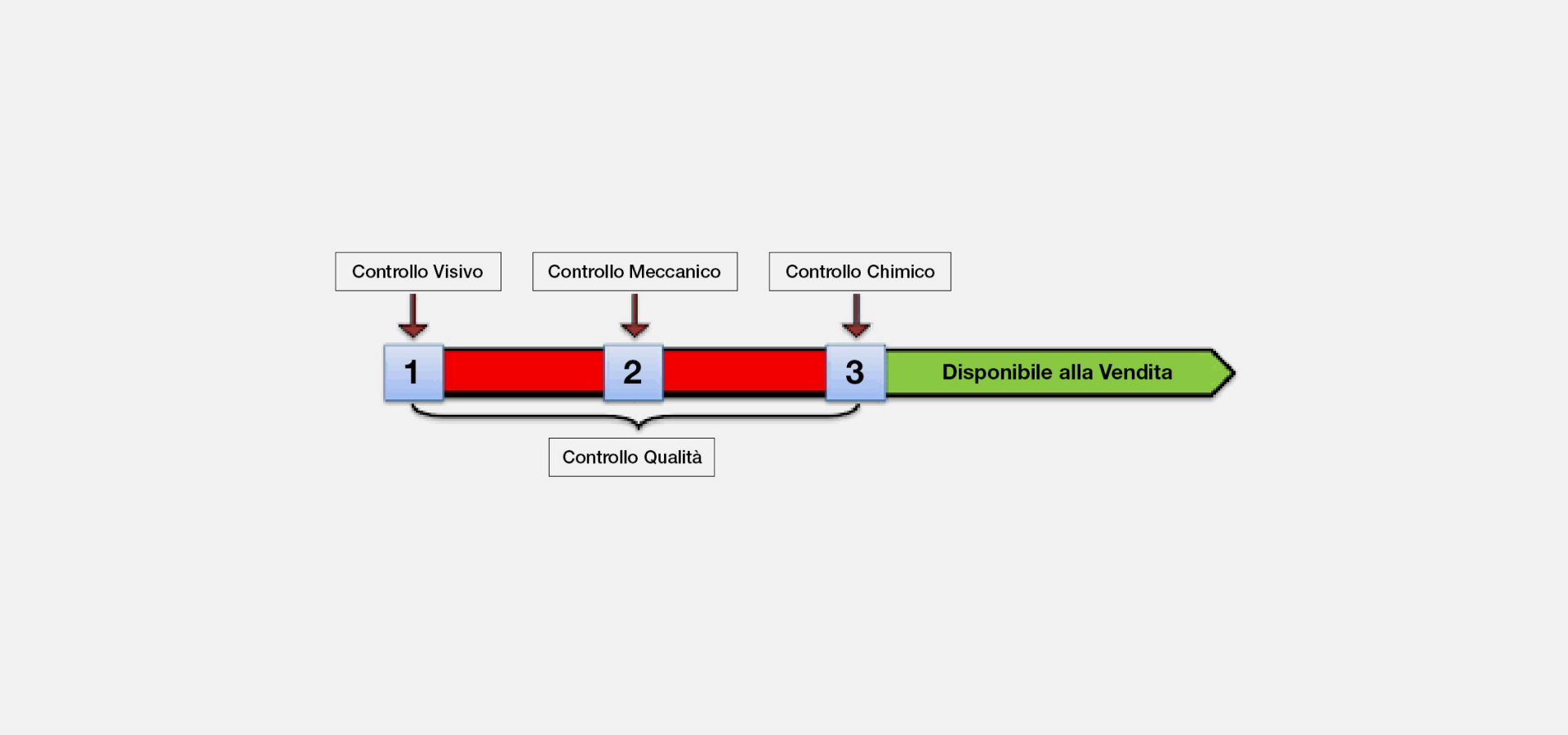
Sustainable Headquarters and Renewable Energy Sources
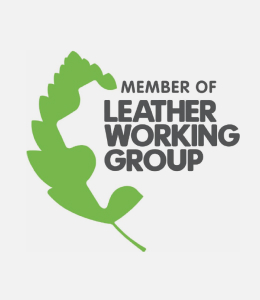
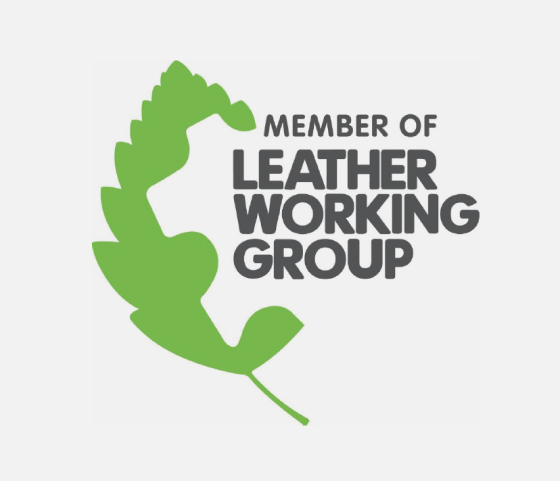
Conceria Tirrena S.p.A. reaffirms its dedication to environmental sustainability by achieving the LWG Approved Trader certification in 2020. This certification, developed and promoted by the Leather Working Group, aims to recognize international best practices within the leather industry
LWG Environmental Protocol involves an auditing process focusing on ethics, environmental compliance, and safety in leather processing.
At its Civitanova Marche headquarters, the company primarily sources its energy needs from a 379 kW photovoltaic system installed on the roof of its warehouses.
The offices are equipped with a cooling and heating system based on the principles of thermodynamics known as “chilled beam,” which has a low environmental impact and provides high levels of comfort for employees.
“Energy-Saver” Electrical System: The electrical system, renovated in 2020, is configured with motion sensors and low-consumption lighting fixtures, allowing for energy savings of up to 60% compared to traditional consumption levels.
The company is equipped with state-of-the-art machinery for the automatic packaging of leather and pallets. This results in reduced plastic usage in packaging and enhanced physical safety for warehouse workers.
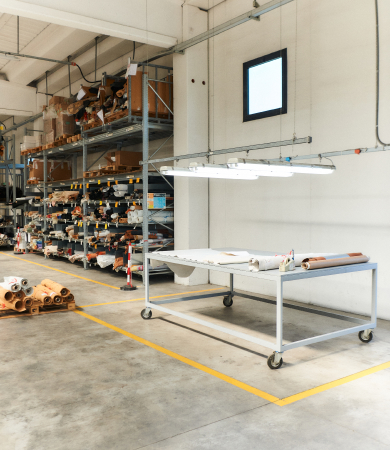
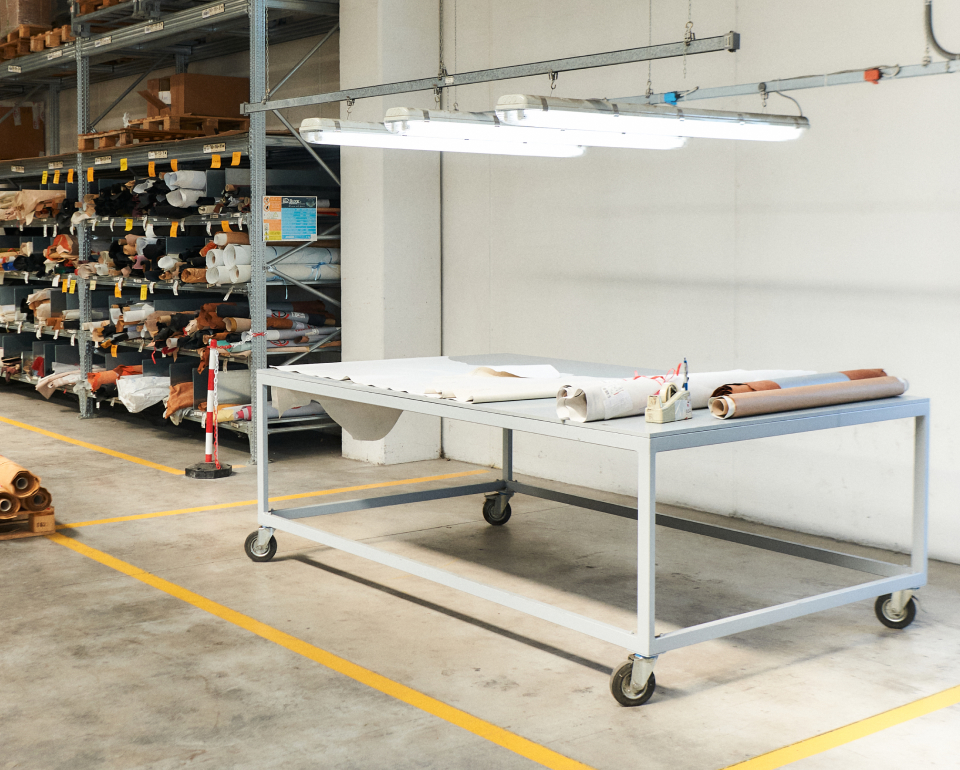
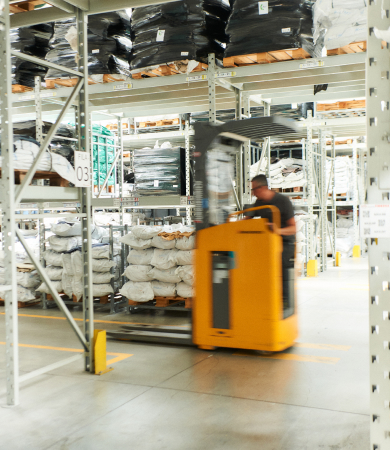
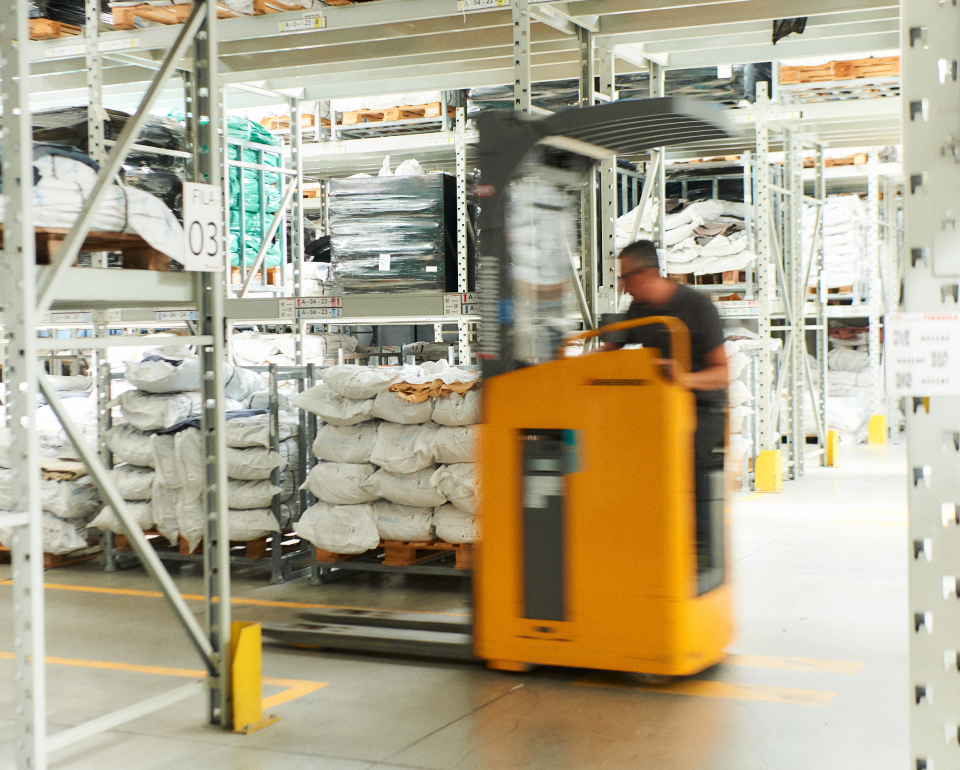
Research and Development of “Green” Products
The company meticulously audits its contractors and suppliers of raw materials, ensuring not only the quality of materials but also compliance with environmental standards and safety in the processing procedures.
As evidence of its ongoing pursuit of new frontiers in sustainability, the company offers its customers a wide range of eco-friendly leathers that are chrome-free, metal-free, and veg-tanned.
Each individual leather is traced upstream of the production chain through an integrated information system installed at the locations of our contractors and suppliers.
The company conducts regular training sessions for its employees, covering topics such as workplace safety as well as the development of new materials and techniques in the leather processing industry.
Conceria Tirrena for Social Responsibility
Principles and Values: The Giordani family has always been socially conscious, demonstrating commitment and support to local initiatives as well as international non-profit organizations through periodic donations to associations such as Amref, Save the Children, Telethon, Croce Verde, FISM, Médecins Sans Frontières, AIRC, Lega del Filo d’Oro, and Unicef.
Earthquake in Marche region 2016: Funds allocated for the purchase of food and heating systems for those affected by the tragic earthquake of 2016.
Church of Torre S. Patrizio: Contribution to the renovation of the Church of Roses in Torre San Patrizio.
Adopted Children: Since 1997, we have partnered with the Salesians of Don Bosco to support children through long-distance adoption programs in Ethiopia and other third-world countries.

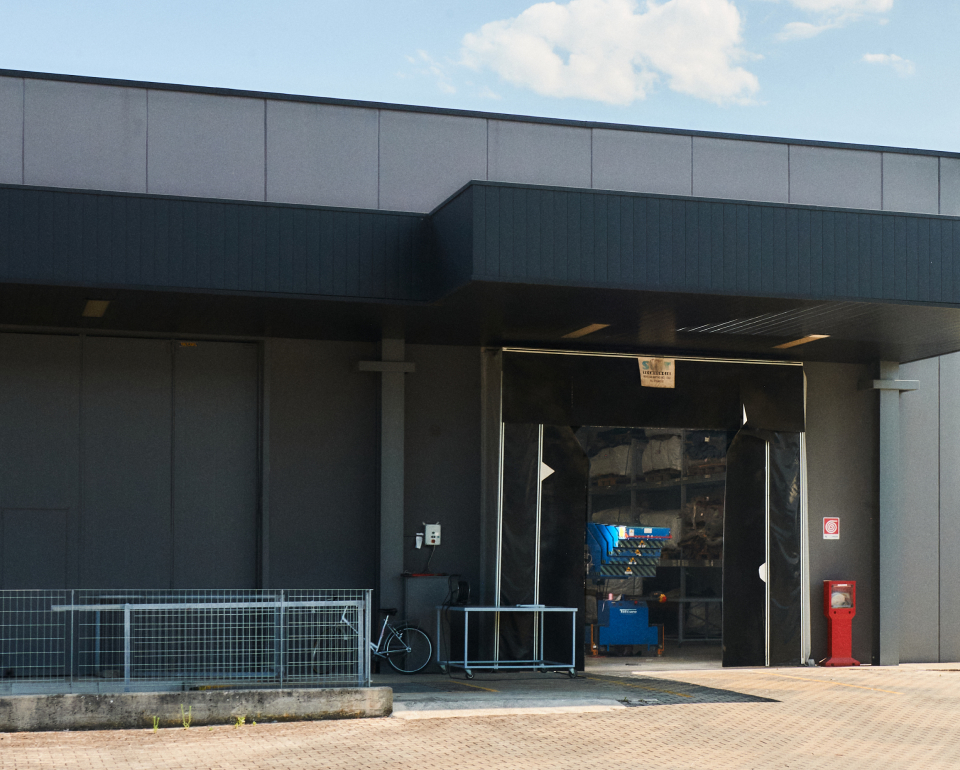
CONTACTS
CONCERIA TIRRENA S.p.A.
Via Sonnino, 41
Civitanova Marche (MC)
62012, ITALIA
info@conceriatirrena.com
sales@conceriatirrena.com
Tel: +39 0733 8255.11

